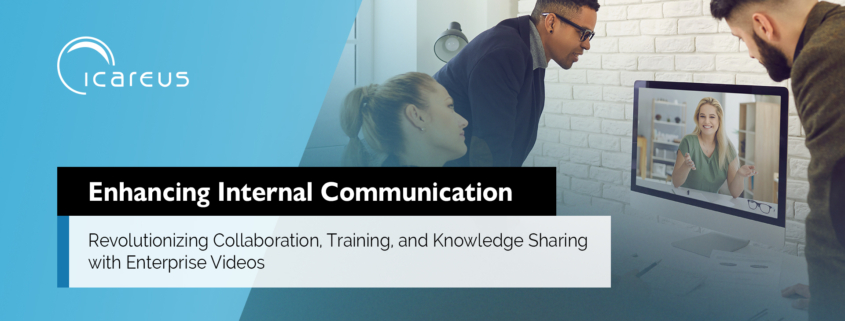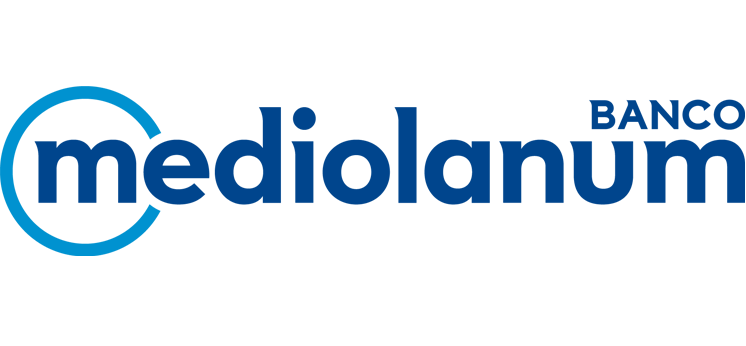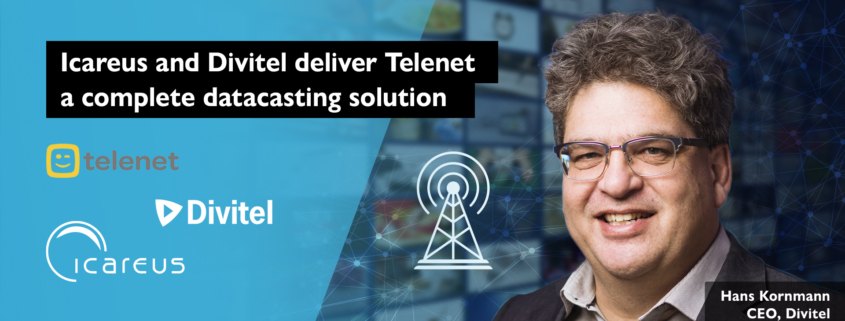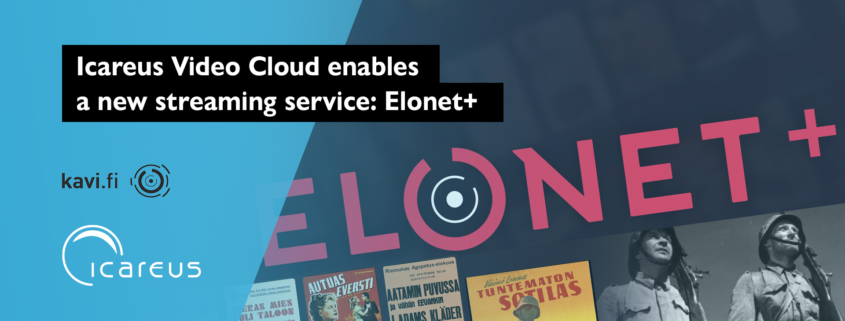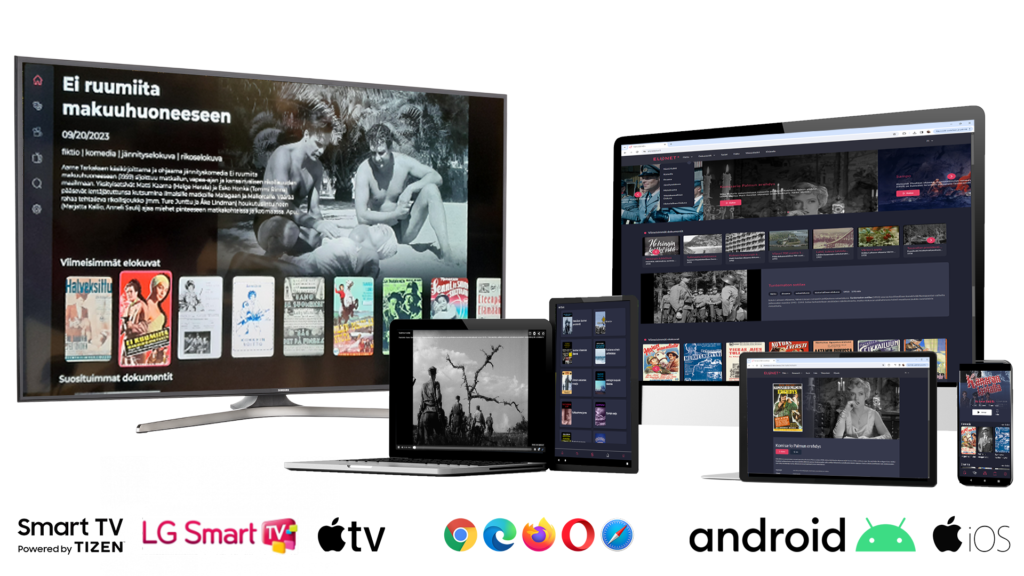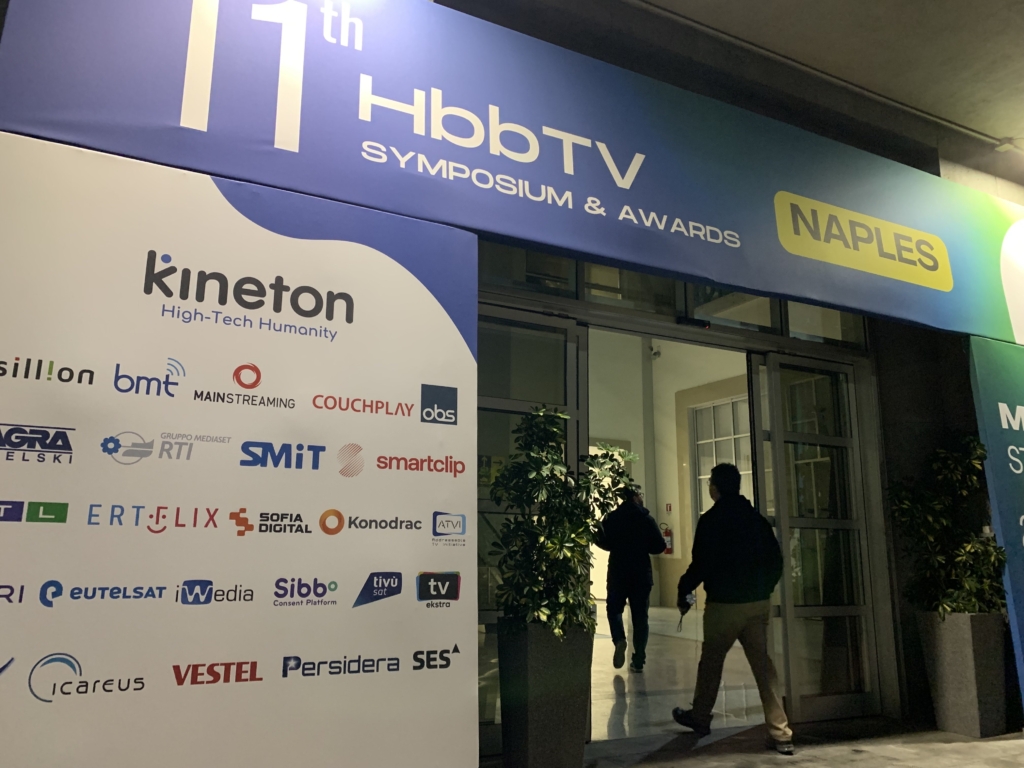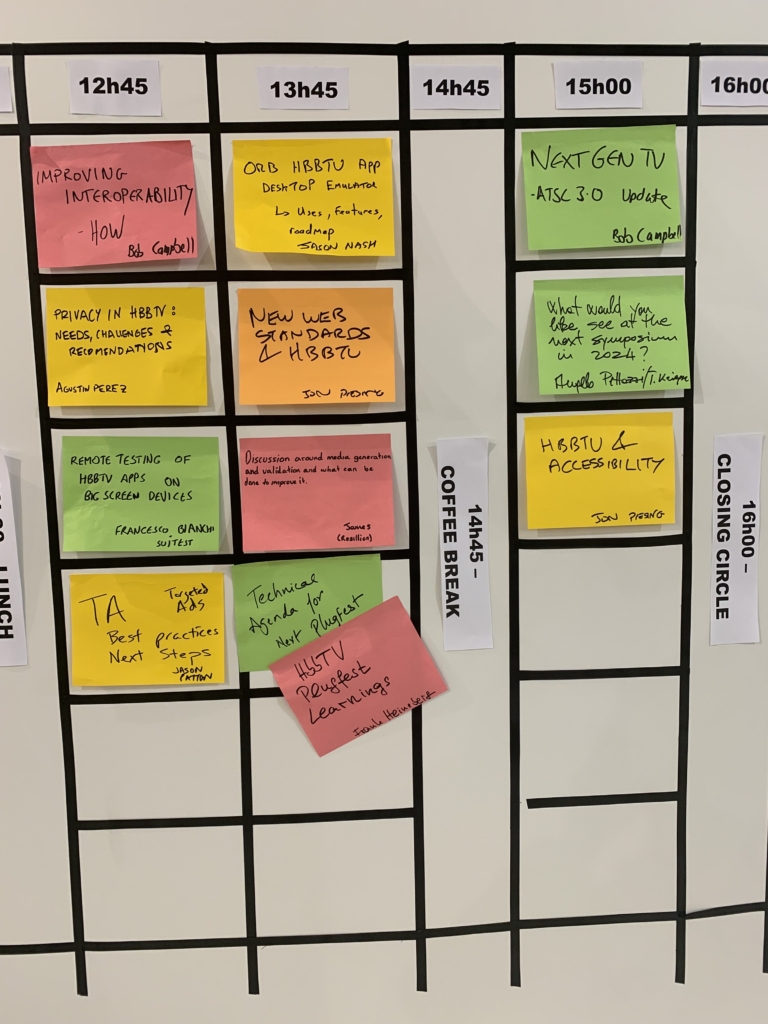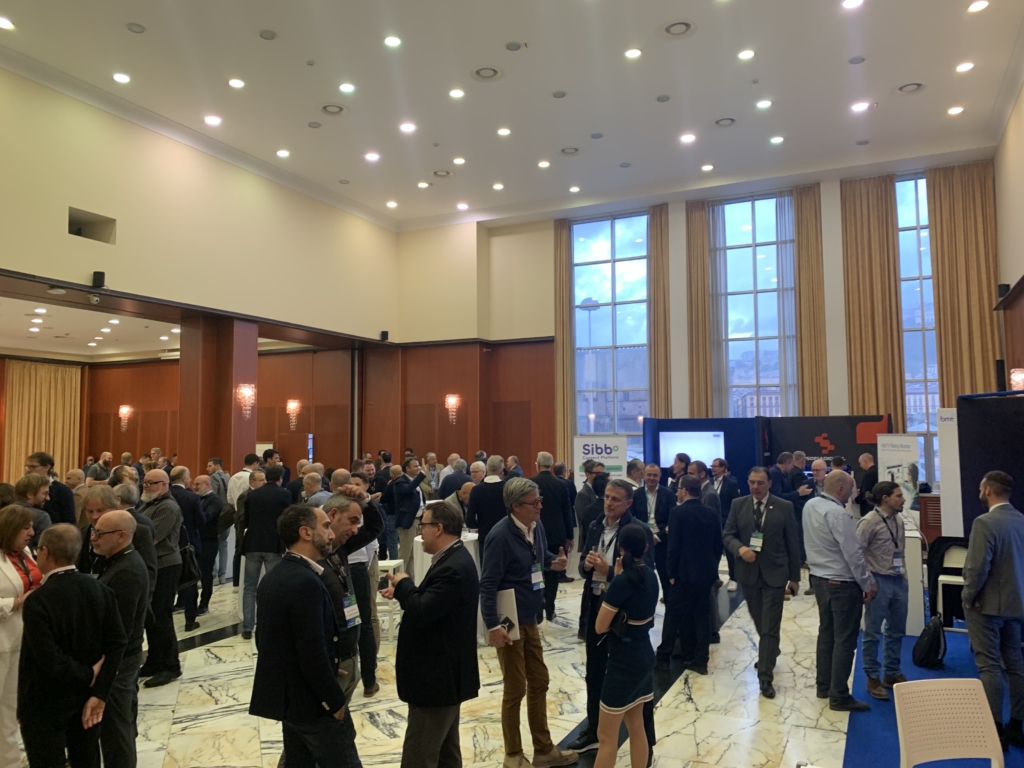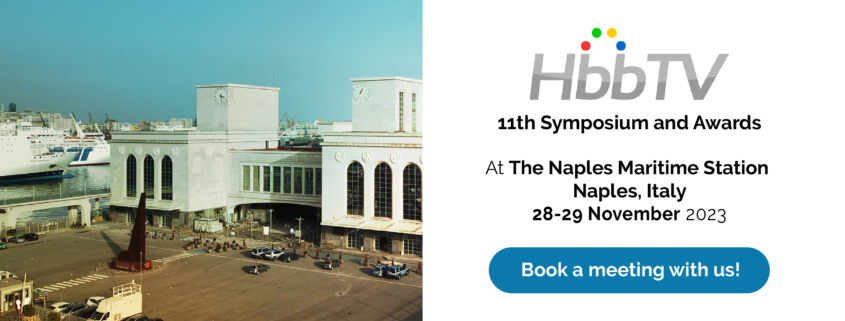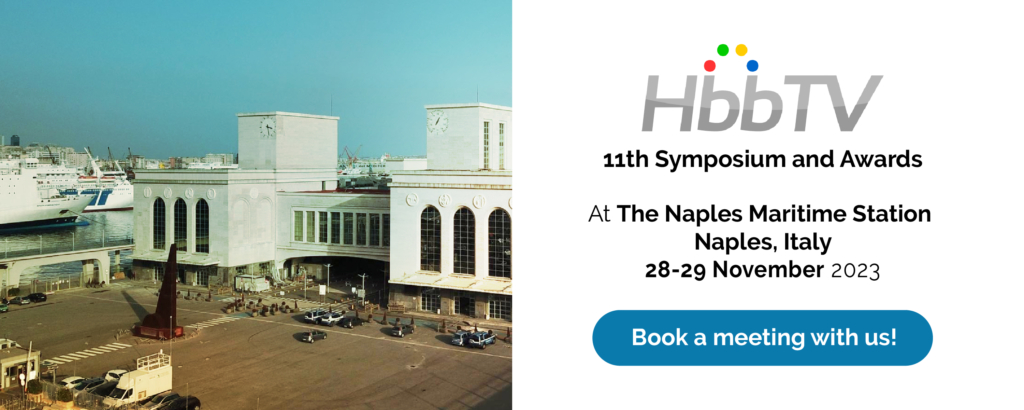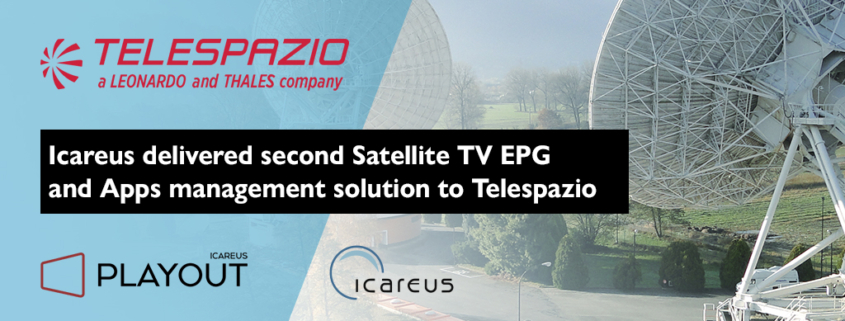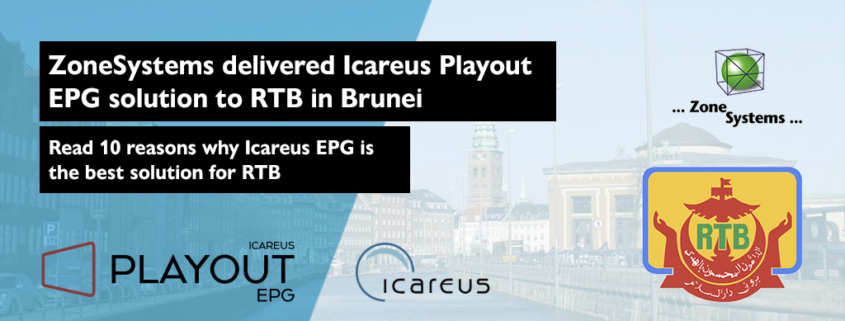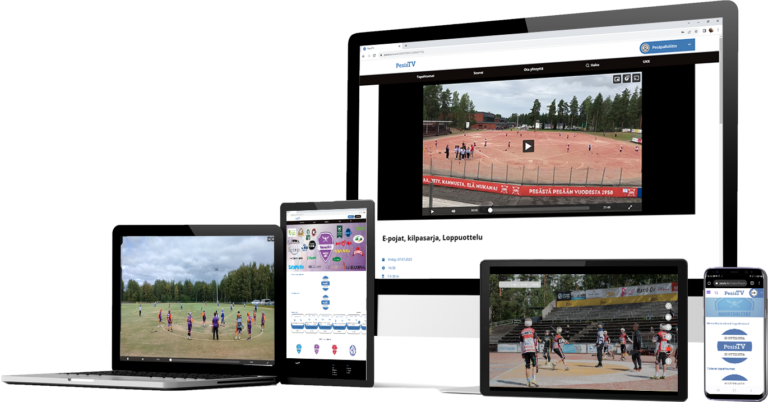In today’s fast-paced business world, effective internal communication is vital for fostering collaboration, facilitating training, and sharing knowledge among employees. Traditional communication channels, such as emails and memos, often fall short in capturing the attention and engagement of employees.
However, with the advent of enterprise videos, organizations now have a fun and powerful tool to revolutionize their internal communication. In this article, we will explore how enterprise videos can transform internal communication channels, enabling seamless collaboration, training, and knowledge sharing among employees.
Captivating and Engaging Communication
Enterprise videos provide a dynamic and engaging way to convey information within an organization. Compared to text-based communication, videos have an enhanced ability to capture attention and evoke emotions, resulting in increased employee engagement. Through well-crafted videos, organizations can effectively communicate important messages, such as internal knowledge sharing by advocates, weekly product and company updates, policy changes, and strategic initiatives. By delivering information in a visually appealing and interactive format, enterprise videos ensure that employees remain engaged and retain key information.
Seamless Collaboration and Teamwork
Effective collaboration is a cornerstone of success for any organization. Enterprise videos offer a platform for seamless collaboration, transcending geographical barriers and enabling employees to connect and work together more efficiently. Video collaboration also fosters a sense of connection and camaraderie among remote or distributed teams, promoting teamwork and productivity.
Transforming Training and Onboarding
Training new employees and providing ongoing professional development is a critical aspect of internal communication. Enterprise videos revolutionize the training process by offering a scalable and cost-effective solution.
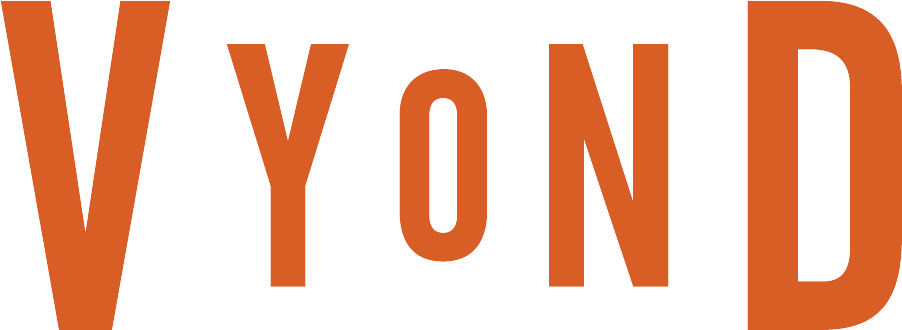
Organizations see great value in video, especially in video communication and learning. 98% of employees in organizations say that video is valuable for improving communication and training employees better and faster.
Through video-based training modules, organizations can deliver consistent and standardized training materials to employees across different locations and time zones. Videos allow for the inclusion of demonstrations, simulations, and real-life scenarios, enhancing the learning experience and improving knowledge retention. Additionally, videos can be accessed on-demand, enabling employees to revisit training materials whenever needed, promoting continuous learning and skill development.
Effective Knowledge Sharing
Sharing knowledge and expertise within an organization is essential for fostering innovation and growth. Enterprise videos provide a powerful platform for capturing and disseminating knowledge across teams and departments.

Subject matter experts can create instructional videos, tutorials, and best practice demonstrations, allowing colleagues to access valuable information at their convenience. These videos can be archived in a centralized video library, creating a repository of knowledge that can be easily searched and shared. By leveraging enterprise videos for knowledge sharing, organizations can facilitate cross-functional collaboration, break down information silos, and promote a culture of continuous learning.
Enhancing Internal Communication Channels and hosting virtual events
Enterprise videos can be integrated into existing communication channels, such as intranets, collaboration platforms, and social media tools. By incorporating videos into these channels, organizations can amplify their reach and impact. Videos can be used to enhance internal newsletters, create engaging announcements, or highlight employee achievements. They can also serve as a medium for CEO messages, town hall meetings, or virtual conferences, allowing for more personal and impactful communication.
Virtual events and webinars are excellent tool to economically engage with employees and offer updates to company current affairs, employee training and get-togethers. With automated recordings and branded video pages enable you to grow a video library for employees to use at their convenience.
Integrating enterprise videos and virtual events into various communication channels ensures that important information reaches employees through their preferred mediums, maximizing the effectiveness of internal communication efforts.

In 3 years Microsoft was able to attribute a 569% ROI and annual cost avoidance of $13.9 million to its Academy video portal.
Conclusion
In today’s digital era, where attention spans are short and information overload is prevalent, organizations need to leverage innovative communication methods to effectively engage employees. Enterprise videos have emerged as a game-changer in enhancing internal communication channels, enabling seamless collaboration, training, and knowledge sharing among employees. By adopting video-based communication strategies, organizations can create captivating and engaging content, foster collaboration and teamwork, revolutionize training and onboarding processes, and facilitate effective knowledge sharing. Embracing the power of enterprise videos will undoubtedly lead to improved internal communication, increased employee engagement, and enhanced organizational success in the long run.
